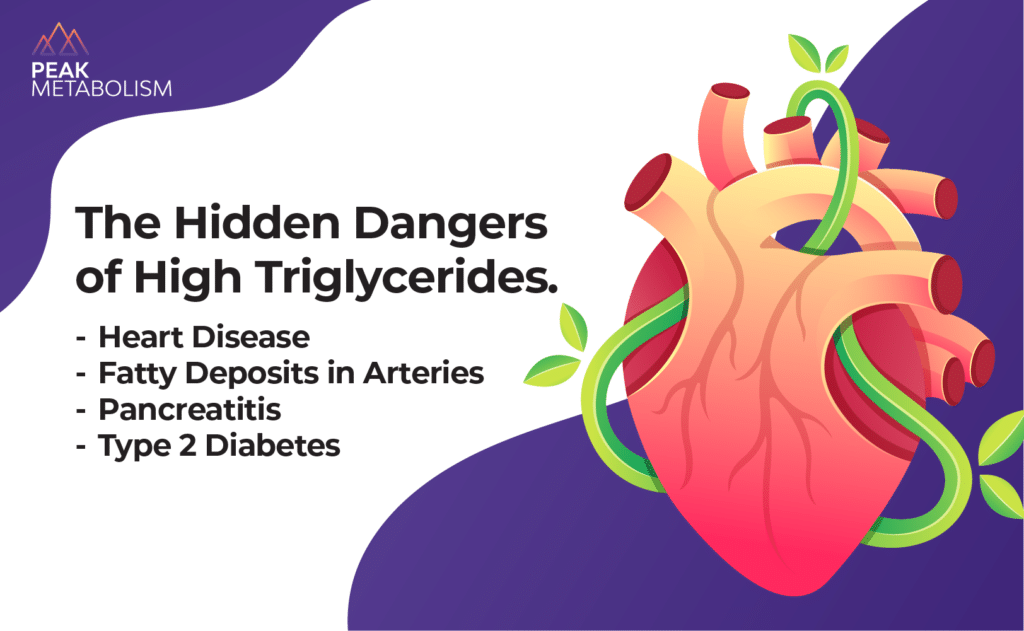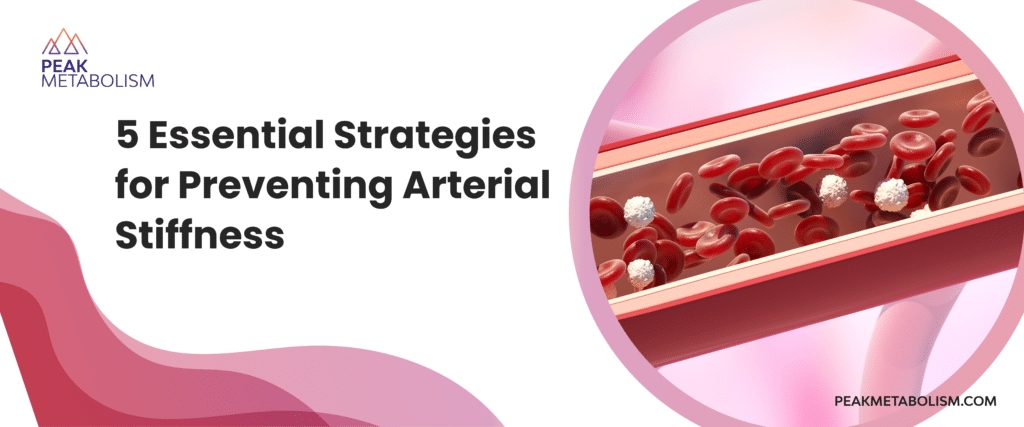Eating more fruits and vegetables is a golden rule for good health, but when it comes to appearances, apples are the enemy.

What is the android body type?
The android body type is where fat gathers in the mid-section of the body and is often referred to as apple-shaped. The gynoid body type is where fat gathers around the hips, and is often referred to as pear-shaped. This is significant because your shape is a good indicator of the type of fat your storing. If you’re an apple, you’re likely to have more visceral fat – unhealthy fat that surrounds your organs. If you’re a pear, you’re more likely to have a higher percentage of subcutaneous fat (fat under your skin) than the more dangerous visceral fat.
This distribution of fat has a lot to do with hormone activity. Android body types are more common in men, hence the name – androgens are male hormones. Because men have higher levels of testosterone, they tend to produce android fat cells that are mainly visceral and collect in the abdominal region. Estrogen in women is more likely to cause fat to build up in the thighs and buttocks, creating a pear shape, but this can change when estrogen levels drop after menopause. This is why post-menopausal women are more likely to develop an android body type.
Measuring body fat isn’t that simple, especially when it comes to calculating how much visceral fat you have. One way of looking at your risk of having visceral fat is to compare estrogen and testosterone levels. In men, a low testosterone to estrogen ratio indicates a higher risk of gaining visceral fat, while in women, a high testosterone to estrogen ratio increases your risk of developing visceral fat. But the sex hormones aren’t the only ones that influence how fat is stored in your body; cortisol plays a vital role in creating android body shapes.
How does cortisol increase the risk of developing an android body shape?
Cortisol has several functions, but one of the most important is as a catabolite. Catabolic substances like cortisol trigger gluconeogenesis, which is where your body breaks down fat and protein to give you an instant source of energy. Gluconeogenesis takes place in the liver and kidneys, stimulated by diabetogenic hormones like epinephrine and glucagon as well as cortisol. It supplies the body’s requirement for blood glucose between meals.
Cortisol release is a response to stress that prepares you for adversity, and causes few problems if you only experience stress occasionally. However, if you’re chronically stressed, your body will be releasing cortisol into your system constantly, increasing the rate of gluconeogenesis. The problem here is that when you don’t use the glucose your body has produced through gluconeogenesis, it gets stored as fat – typically visceral fat in your abdomen – and this fat poses the highest risk to your health.
Visceral fat increases your risk of serious conditions like Type 2 diabetes, heart disease, and cancer, among others. Research also provides evidence that visceral fat increases inflammation – a root cause of numerous health conditions – by secreting inflammatory adipokines (cell signalling proteins) that trigger systemic inflammation in people with an android body shape.
The more stress you experience, the more cortisol your adrenal glands produce, and the more fat accumulates around your organs, significantly increasing your risk of developing these conditions. To compound the problem, cortisol stimulates insulin release and can increase your appetite, meaning you crave the sugary and high-fat foods that increase your weight and make your health problems worse. Elevated cortisol also affects testosterone production, and with less testosterone, your body burns fewer calories and your muscle mass is likely to decrease.
Because visceral fat can hide away in your abdominal cavity, you could have an unhealthy degree of fat without realising it. This is especially true if you’re suffering from chronic stress and your cortisol levels are high. While a simple test to measure visceral fat remains elusive, you can use the information and tools available to get an idea of your risk. Whatever your risk is, and whatever your body shape, you can also take action to lower cortisol levels by tackling stress and getting your hormone levels tested to look for any imbalance that needs rectifying. Not least, you should adopt a healthy lifestyle that reduces visceral fat and the potentially life-threatening risk of diabetes and heart disease.








